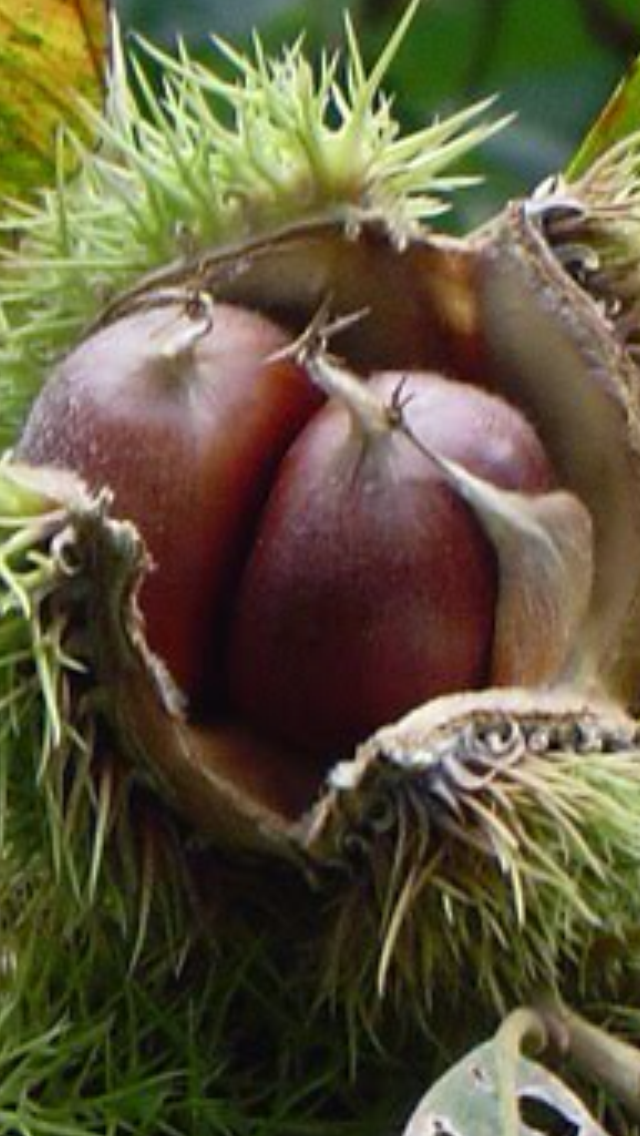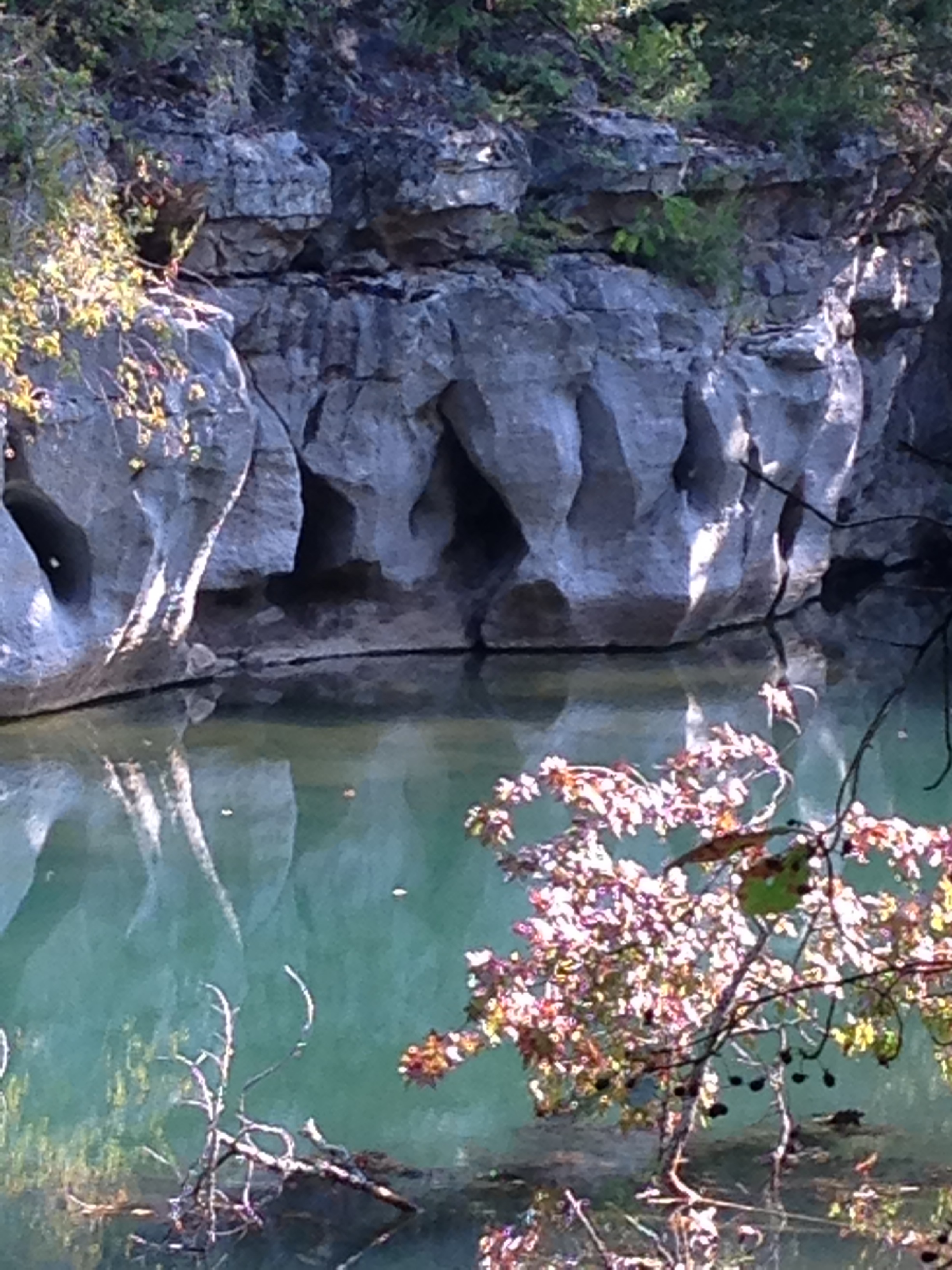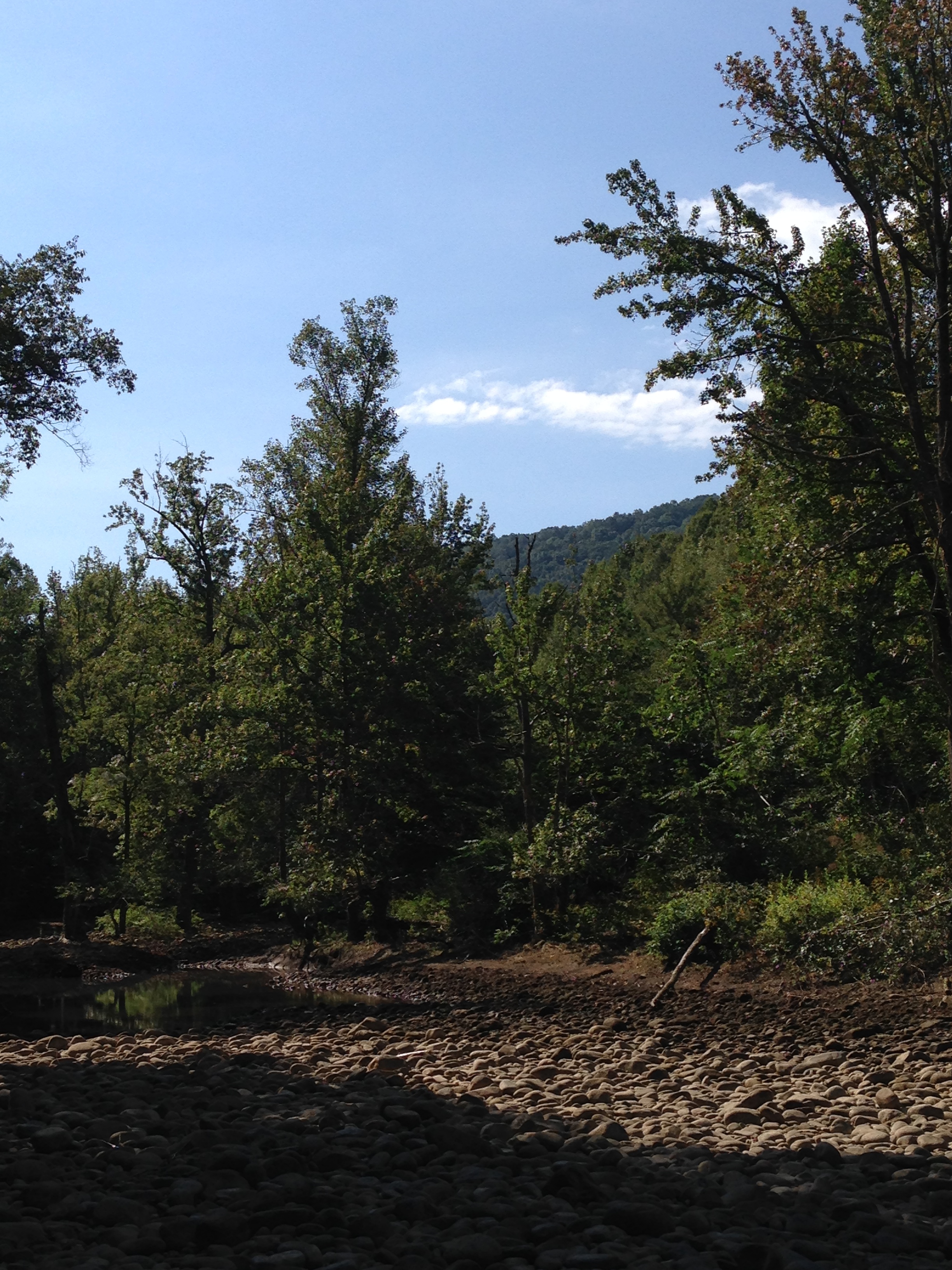We are about to experience what some of the Native Americans called the Full Hunters Moon.
The Full Hunters Moon always follows September's Harvest Moon. The month of the Hunters Moon is in October and during this time the leaves begin to change color and fall. The acorns and other mast begin to drop from the trees. This means the wild game such as deer, bear, turkey and many others all begin to get fat in preparation for the long harsh winter months ahead making them alittle easier to be hunted.
This was an important time of year to begin hunting to lay a store of meat and provisions back for the long winter ahead.
It's easy to understand why this moon was known by so many as the Hunters Moon.
If you have the chance check it out and as you see the Hunters Moon reflect back on the ones who walked this land before us.

























